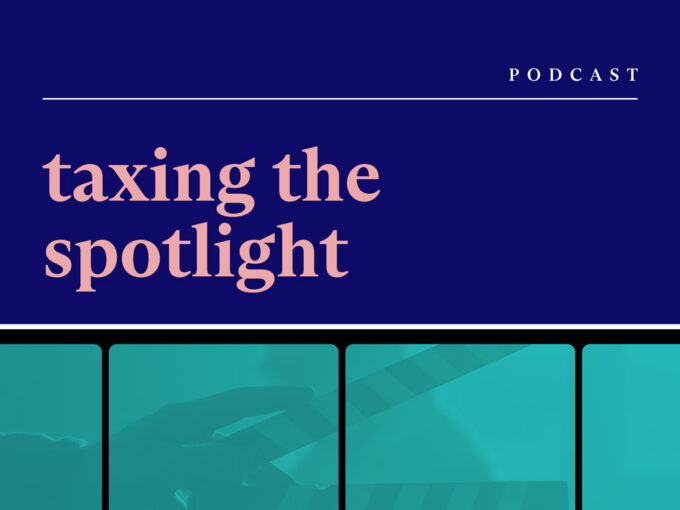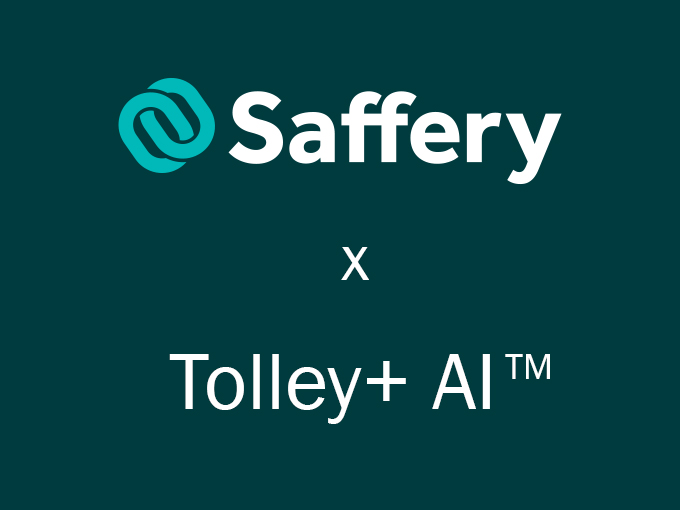Making Tax Digital (MTD) is part of the government’s plan to modernise the UK tax system and improve the accuracy of information provided by taxpayers to HM Revenue & Customs (HMRC).
The basic requirements of Making Tax Digital are that affected businesses and individuals must:
- Keep digital records,
- Use MTD compatible software, and
- Report information quarterly to HMRC.
Making Tax Digital for VAT
Making Tax Digital for VAT was the first step in the MTD programme. From April 2022 at the latest all VAT registered businesses have had to keep digital records, file VAT returns using functional compatible software and have digital links as part of the VAT return process. The regime applies even if a VAT registered business’s turnover is below the registration threshold and it’s voluntarily registered.
MTD for VAT doesn’t change the deadlines for paying VAT.
Businesses are automatically enrolled for MTD when submitting a new VAT registration.
A business is automatically exempt from MTD for VAT if it’s already exempt from filing VAT returns online or is subject to an insolvency procedure. A business can also apply to HMRC for an exemption from MTD for VAT if it is digitally excluded, ie:
- The business is run entirely by practising members of a religious society or order whose beliefs are incompatible with using electronic communications, or
- It is not reasonably practicable to file returns using compatible software because of disability, age, remoteness of location or any other reason.
Following the introduction of MTD for VAT, for VAT periods starting from 1 January 2023 new penalties apply for the late filing of VAT returns and the late payment of VAT (replacing the previous default surcharge regime).
If you need help with your MTD for VAT compliance obligations, please get in touch with your usual Saffery contact or speak to Sean McGinness.
Making Tax Digital for income tax
Making Tax Digital for income tax (MTD ITSA) is being introduced in phases. From 6 April 2026, sole traders and landlords with annual business and/or property income over £50,000 will come within the regime. And from 6 April 2027, MTD ITSA will be extended to those with between £30,000 and £50,000 of such income. The government announced at the Spring Statement 2025 that sole traders and landlords with annual business and/or property income over £20,000 will be required to use MTD ITSA from 6 April 2028. Nothing was announced at the Spring Statement about MTD ITSA for those with under £20,000 of such income.
The previous Conservative government had planned to introduce MTD ITSA for partnerships, but it hadn’t announced how and when. The Labour government hasn’t made any comment on this. Most trusts are not expected to be brought into the regime.
Some individuals will be exempt from MTD ITSA, such as those without a National Insurance number and non-UK resident foreign entertainers and sportspeople who don’t have any other income sources that qualify for MTD. A person will also be able to apply to HMRC for an exemption from MTD ITSA if they are digitally excluded.
At the Spring Statement 2025 it was also announced that individuals who use the residence, remittance basis etc (SA109) pages of the self-assessment tax return will not be required to use MTD ITSA until at least April 2027.
If you’re likely to fall within Making Tax Digital ITSA from April 2026 (or 2027/2028) you should consider whether your current record keeping systems are suitable. If you’re not yet recording all your transactions digitally you should do this as soon as possible. Clients often see benefits from improving their record-keeping processes and, where appropriate, adopting cloud accounting services. So, preparing early could help you make sure that the MTD changes are more than just an additional administrative cost. If you need help with digital record keeping, you could also consider outsourcing it.
As well as taxpayers providing quarterly cumulative totals of income and expenses for the year to date to HMRC for each business and/or rental activity, taxpayers will have to make a year-end submission. Under the original proposals there were to be two year-end submissions, being an end of period statement (for each business and/or rental activity) and a final declaration. At the Autumn Statement 2023 it was announced that the only year-end submission will be the final declaration. This will be equivalent to the current tax return and will include both business and non-business income and gains.
MTD ITSA doesn’t change the deadlines for paying income tax.
When MTD ITSA is introduced the new late filing and late payment penalties already applying for VAT will apply to the late filing of MTD ITSA submissions and the late payment of ITSA.
HMRC is running public beta testing of MTD ITSA and encourages voluntary early adoption.
If you want to know how MTD ITSA will affect you or you’d like help preparing for the changes, please get in touch with your usual Saffery contact.
For the latest on MTD ITSA see this MTD for income tax: what you need to know article.
MTD for corporation tax
It had previously been expected that MTD would be extended to corporation tax following the implementation of MTD for ITSA. However, in HMRC’s Transformation Roadmap published on 21 July 2025, it confirmed that it doesn’t intend to introduce MTD for CT. Instead, HMRC says that it’s developing a modernised approach to corporation tax administration that better reflects the diverse needs of the corporate tax population. It says it will work with stakeholders to identify changes and is committed to consulting and providing early clarity and assurance on both the design and timing of any changes.
The key dates for the rollout of MTD are summarised below.
Contact us
Partner, Edinburgh
Key experience










